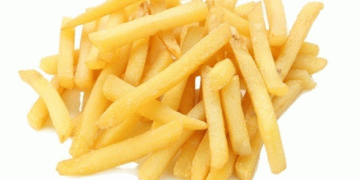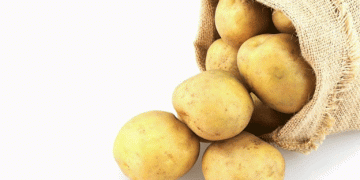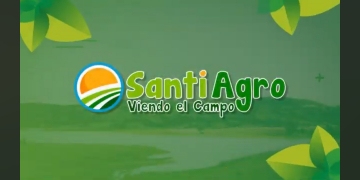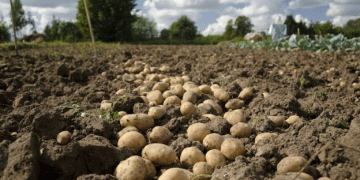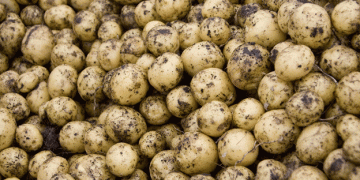After the cultivation of starch potatoes in 2021, the Dutch Food and Consumer Product Safety Authority (NVWA) has identified wart disease on four agricultural plots in the northeast of the Netherlands.
Inspection service NAK had found symptoms of the fungal disease on the relevant plots, the NVWA reports. The potato varieties in which the infections were found are two times Altus, Aventra and Festien. The NVWA has imposed a cultivation ban on the cultivation of starting material and potatoes on the infected plots for a period of at least twenty years.
In 2020, the NVWA identified wart disease on three plots in the municipality of Stadskanaal. The cause of these infections turned out to be a new race for the Netherlands, namely pathotype 38 (Nevsehir). In order to properly map out the extent of the problem in the area concerned, the NVWA carried out proportionally more checks in 2021 in the vicinity of these previously identified infections.
Infections in the vicinity
Twenty inspections were carried out within a radius of 5 kilometers and another twenty at a distance of 5 to 10 kilometres. The checks in the northeast of the Netherlands were completed in mid-November. These have led to three finds of wart disease, two in the municipality of Westerwolde, less than 5 kilometers away from the infections found in 2020, and a third infection at a greater distance, in the municipality of Veendam.
A fourth infection was established in the municipality of Emmen. That happened after the grower reported symptoms of wart disease in his harvested potatoes. Due to the relatively large amounts of precipitation, 2021 can be seen as a ‘real wart disease year’, according to the NVWA. The authority even states that, viewed in this way, the number of infections this year is not too bad.
For each infection with wart disease, the NVWA investigates which pathotype is the cause. The relevant pathotypes on the four affected plots are expected to become known in June 2022.
Testing fifty potato varieties
In the coming months, fifty potato varieties will be tested for resistance to physio38. This official study consists of two successive laboratory tests. The results of the first test are expected in March 2022. Subsequently, the second test takes place. The results are expected in June. After that, the official resistance figure will be announced.
According to the Dutch Food and Consumer Product Safety Authority (NVWA), the discovery may have consequences for the control of the wart disease in the northeast of the Netherlands. In this part of our country, potatoes are grown in abundance. The wart disease is not harmful to humans and animals.
Uncertainty – It is not known whether potato varieties, which are normally resistant to known forms of wart disease, can also resist the variant that has now been found. The NVWA is investigating the origin and options for a targeted approach.
According to Dirk Jan Beuling of LTO Nederland, the discovery is ‘disappointing’. He told RTV Noord that the variant was found on two plots during a check for brown rot. Beuling is also a potato farmer in Eerste Exloërmond. “This may be a fluke, but it is worrying if this wart disease occurs in more places,” he expresses his concerns.

Beuling finds it difficult to estimate how this will develop. “It can be a stroke of luck if the contamination remains small and there are resistant potato varieties against this new variant. Research must show that. If the contamination has spread and there are no resistant varieties, then those new varieties must be used. found by crossing in. But that could take years.”
Earlier discovery – In 2003, an unknown variant of the wart problems was also discovered. Through collaboration with the sector, it became clear as quickly as possible how resilient the important potato varieties were. The NVWA now wants to do it this way again.



